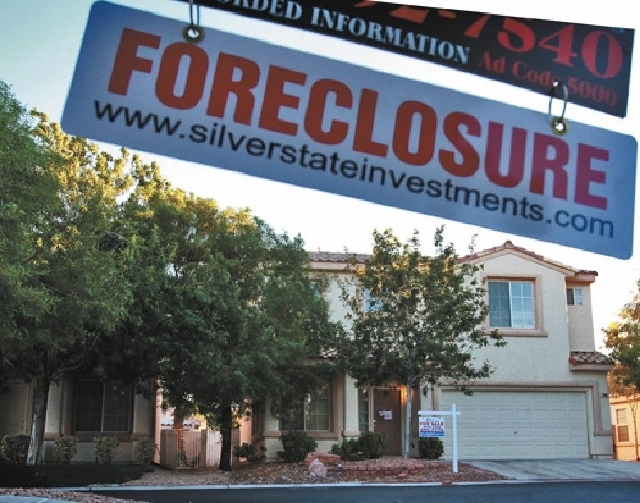Condition upgraded: Health of Nevada housing slowly improving
Southern Nevada’s housing market has moved from intensive care into rehab.
That’s the word from California-based real estate research firm RealtyTrac, which released a report Wednesday confirming that local housing remains deep in recovery mode.
“It’s still not a completely healthy market. It’s still trying to gain strength and stand on its own two feet,” said Daren Blomquist, RealtyTrac’s vice president. “There are a lot of positive signs that show the market is getting better, but you also have underlying problems that will probably take time to heal.”
For starters, the market has a huge number of cash and investment buyers. RealtyTrac’s research showed that 69 percent of all local real estate transactions were cash sales in July, up from 65 percent in June and 54 percent in July 2012. That’s also higher than the national average of 40 percent.
Local numbers from the Greater Las Vegas Association of Realtors showed a 54.5 percent cash-buyer rate in July, but Blomquist said RealtyTrac’s figures include sales that weren’t listed on the Realtors group’s Multiple Listing Service. Foreclosure auctions, for example, draw cash buyers of houses that don’t appear in real estate listing services.
Blomquist said he was surprised that cash buyers, who are typically investors, were a growing presence in Southern Nevada even as values have spiked.
“Prices are starting to get high enough that they just don’t make sense for institutional investors, but it seems there’s this almost insatiable appetite to buy as many properties as possible,” Blomquist said. “It’s always a dangerous thing when you have deep-pocketed investors who don’t seem to be very concerned about the price of properties.”
Across Nevada, institutional investors made up 16 percent of all buyers in July, almost twice the national rate of 9 percent.
Short sales made up 35 percent of closings, compared with 14 percent nationally, while bank-owned sales were 21 percent of the state’s market, compared with 9 percent nationwide.
Nevada also was one of eight states that saw closings of all types decline year over year. Annualized sales fell 7 percent in July, to 90,240. Other states with fewer sales included California, where closings fell 17 percent, and Arizona, where they dipped 11 percent.
Blomquist blamed lower inventory for Nevada’s sluggish sales, as banks reined in foreclosures and homeowners sat out the market in hopes that prices would continue to rise.
Local real estate researchers count about a month’s supply of homes for sale. A healthy market should have about six months of inventory.
Expect supply problems to “reach a tipping point” by the end of 2013, Blomquist said.
“Home prices have gone up so much that more homeowners will get off the fence and list their homes for sale,” he said. “Your sales volume should pick back up at that point.”
Contact reporter Jennifer Robison at jrobison@reviewjournal.com or 702-380-4512. Follow @J_Robison1 on Twitter.






















